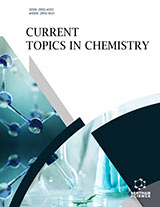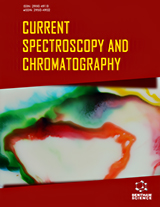Abstract
This article presents an overview of the different analytical methods available for performing pesticide degradation studies in water and environmental samples by different processes. How long the pesticide remains in the environment depends on how strongly it is bounded by other components and how readily it is degraded. It is also depends on the environmental conditions at the time of application, pH, temperature, soil and water content. The degree of mineralization achieved under advanced oxidation processes (AOP), photo-Fenton reactions [FR], and ozonation processes, and the identity of by-products of a large number of compounds belonging to the major pesticide families pirethroides, organochlorides and organophosphorus compounds are presented. Critical comments are aimed at emphasizing the lack of suitable analytical methods adequate to determine the kinetics of both the formation and disappearance of by-products and to identify their chemical structures. More specifically, the crucial role of gas chromatography and liquid chromatography in combination with mass spectrometry is described. In the following manuscript, an overview of the pesticide degradation phenomena is given, and an attempt is made to predict how factors and conditions influence the phenomena. SPME and GC/MS are sufficiently accurate methods to support the identification of pesticides in different degradation processes.
Keywords: Degradation process of pesticides, Methods of extraction, Water analysis, Environmental analysis




























